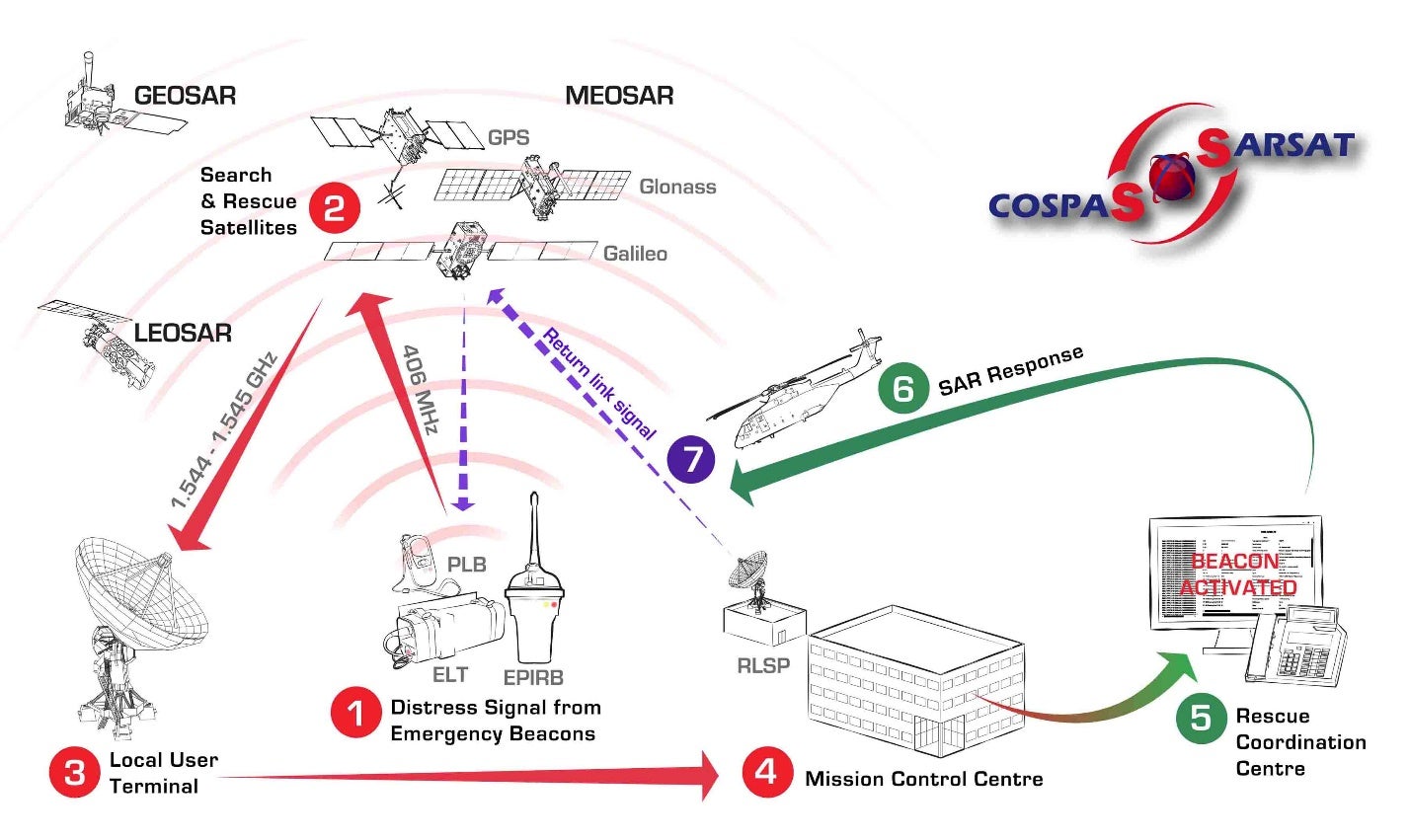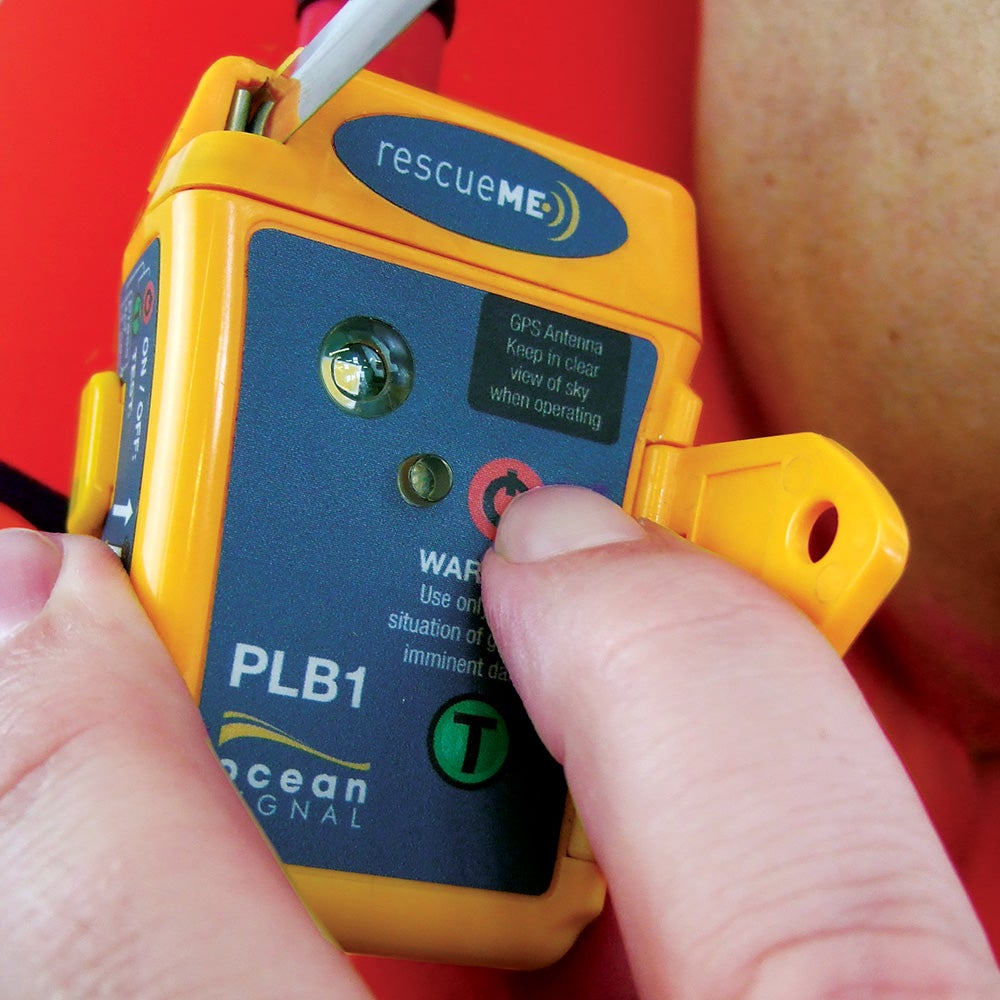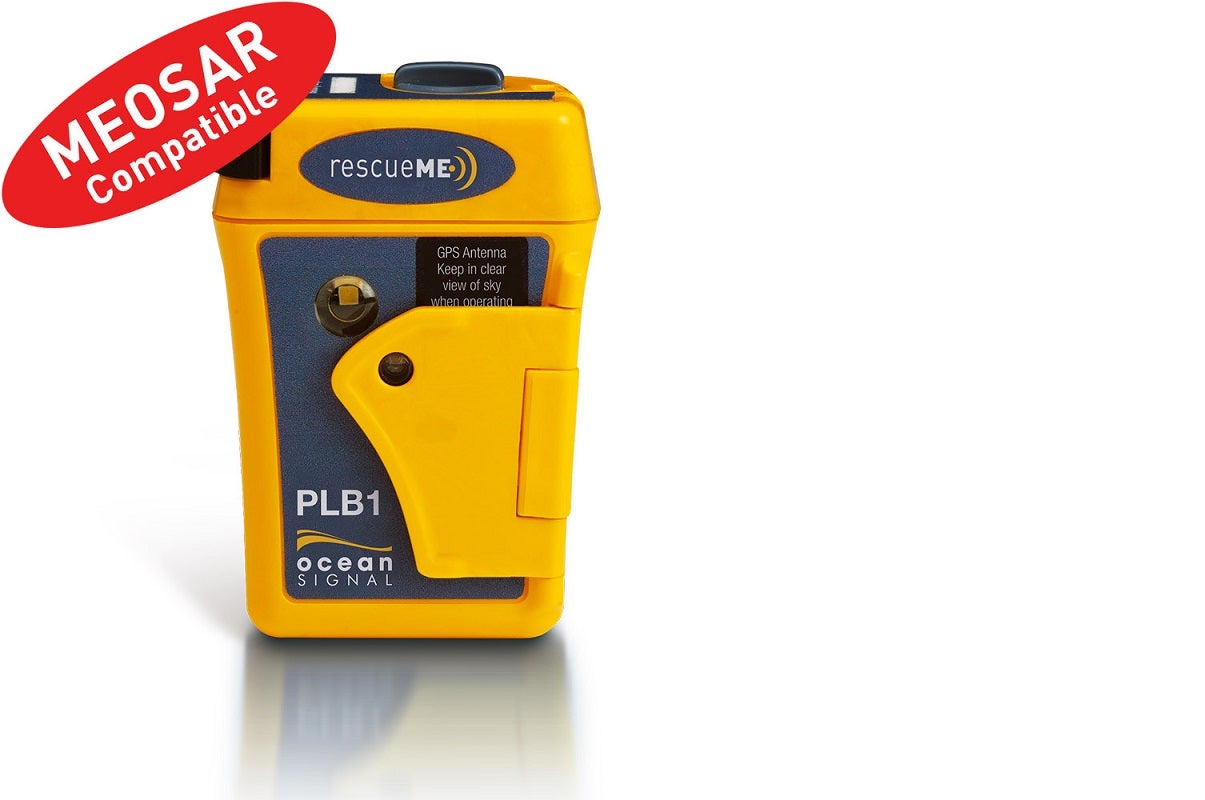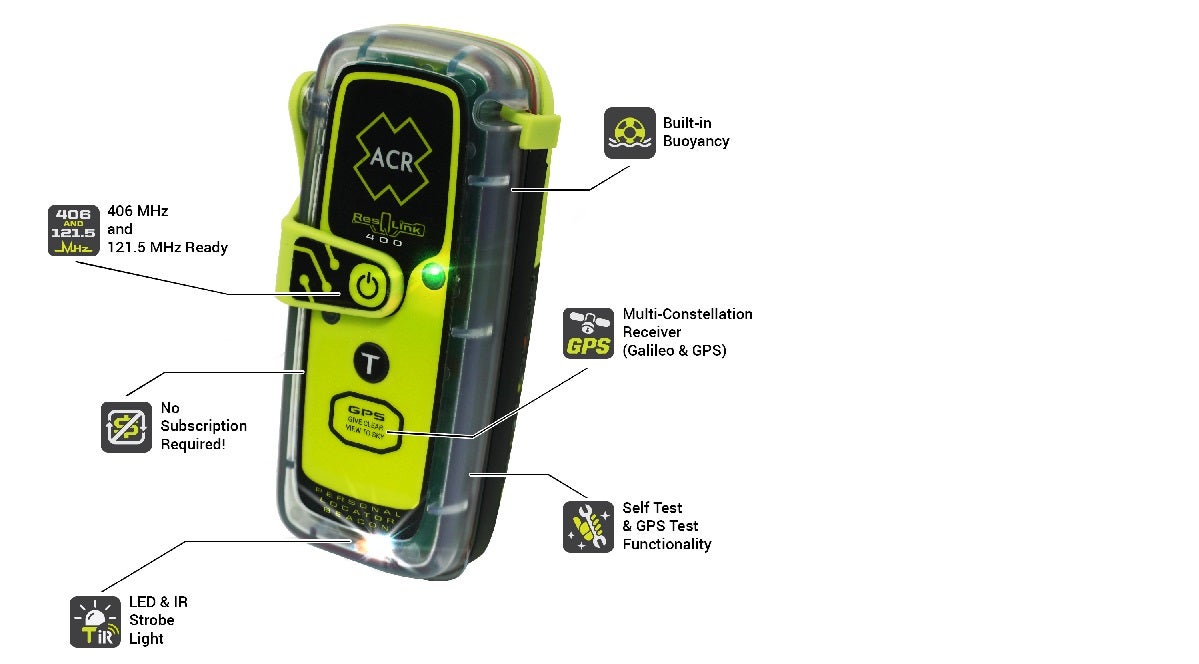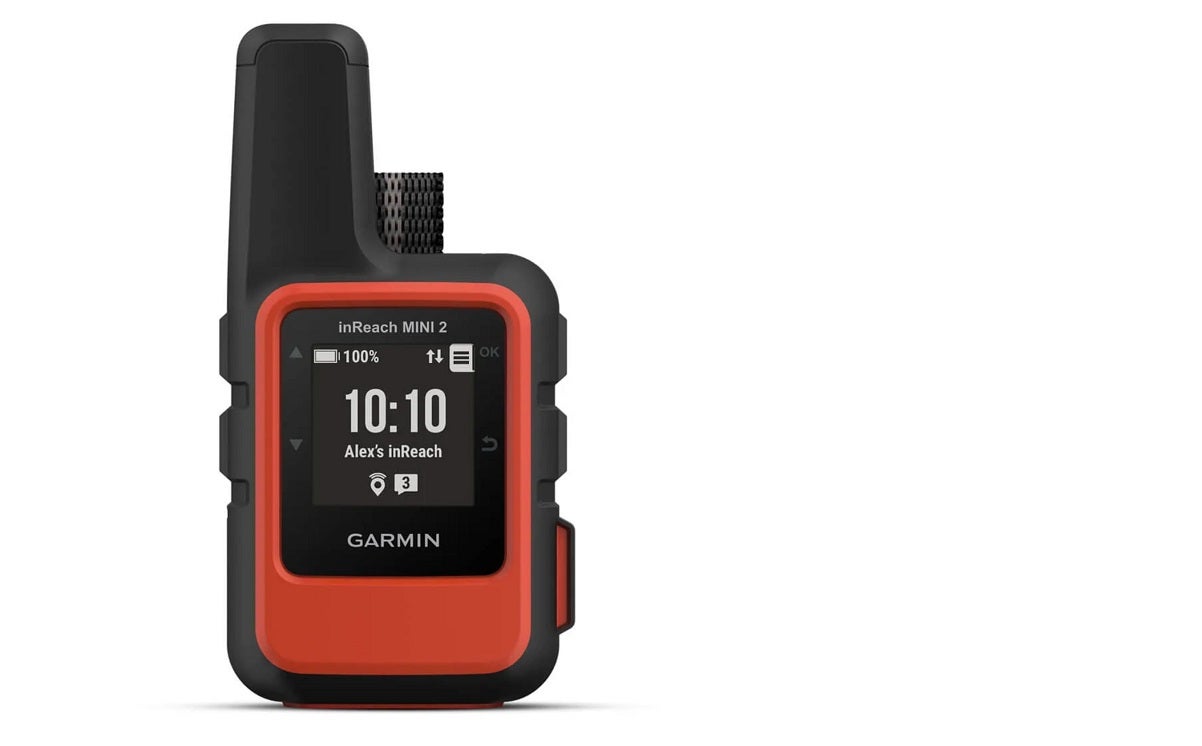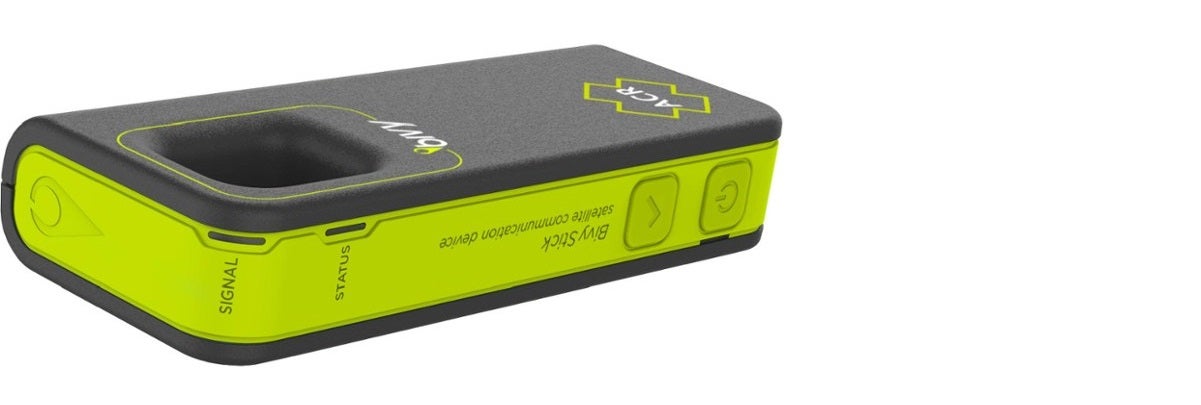The Guide to Personal Locator Beacons: SHTF Satellite Rescue
Travis Olander 01.25.23
Disconnecting from the internet of things is something many hikers, hunters, and campers do anytime they hit a trail. Except as any experienced outdoorsmen knows, it’s important to be prepared for an emergency, and in extreme circumstances, be capable of communicating for rescue. While some smartphones are beginning to provide satellite communication, they shouldn’t be relied upon. For guaranteed emergency comms, you should invest in something called personal locator beacons, or PLB.
How does a PLB Work?
Most personal locator beacons can transmit to rescue personnel via more than one communication method. Generally, PLBs interface with one or all of the following:
VHF Radio w/ DSC: VHF radio’s been around for decades, but DSC, or “Digital Selective Calling” allows for digital comms with Coast Guard radios and personnel. This is typically reserved for rescue operations in maritime environments.
AIS GPS: The Automatic Identification System is a gPS-connected broadcast system that functions like any transponder. It, too, uses the VHF maritime radio band.
Local Area Systems (121.5 MHz): This VHF frequency is monitored by every air traffic control facility, and federal law dictates that all aircraft capable of monitoring this frequency must do so at all times. This is used for inland or maritime rescue.
COSPAS SARSAT: The big one: The International Corspas-SARSAT program is a global, satellite-aided search and rescue network. It is supported and monitored by over 45 countries and various international agencies. The network relies on satellites, ground stations, mission control centers, and rescue coordination centers to cover just about every corner of the Earth. The SARSAT distress process is as follows:
- An activated PLB transmits on a 406MHz frequency.
- COSPAS SARSATs in orbit receive the SOS message.
- Satellites transmit the signal to the nearest ground stations (Local User Terminals).
- The Local User Terminal towards the SOS to a Mission Control Center (MCC).
- The MCC coordinates with a local Rescue Coordination Center (RCC).
- The RCC works alongside local search authorities, providing the SOS location.
(Only Use a PLB in Real Emergencies)
Given this complex and naturally time- and cost-consuming rescue process, it’s important to never transmit an SOS signal using a PLB unless you are truly in life-threatening danger, or are in need of emergency rescue.
Many states, U.S federal law, and laws in other countries have expressly banned the frivolous use of a PLB. Because authorities must always respond to an activated PLB’s SOS, the consequences for using one incorrectly can include hefty fines and even jail time.
Why Buy a PLB (Personal Locator Beacons)?
The RescueME PLB1 provides 24 hours of active transponder time.
A PLB is a better emergency rescue tool than a satellite messenger, or a satellite-capable smartphone. Certain life-saving advantages that are unique to a PLB include:
- A years’-long standby battery life (most require servicing for replacement).
- A near guarantee of satellite connectivity anywhere on Earth.
- No monthly subscription fees or payments are required.
- PLBs provide stronger satellite signals than messengers and phones (open terrain is still best).
How Accurate are Personal Locator Beacons?
That depends on connectivity. If your PLB manages to acquire a GPS connection, accuracy can be as close as 10 to 100 meters. If only satellite connectivity is available, accuracy can be as poor as 2 to 5 kilometers. That’s 1.25 to 3.1 miles, for my fellow Americans. Considering the potential for a high margin of error, many PLBs have built-in IR or visible light strobes. At night, these strobes can be easily identified by aircraft and instrumentation from potentially miles away. Of course, we recommend having a proper bug-out bag loadout, or signalling devices handy in your camp kit. You should never rely on just one device.
PLBs vs. Satellite Messengers
Satellite Messengers function like Personal Locator Beacons — they just come with plenty of additional features and added costs. Although PLBs are generally considered to have more reliable satellite connectivity globally, satellite messengers can provide non-emergency and text-based communications.
There are other benefits of buying a satellite messenger instead of a PLB:
- Units are rechargeable, like a cellphone or smart device.
- Sat Messengers can provide GPS waypoints and navigation.
- They can share your location with others, and embed coordinates in messages.
- Some units provide weather forecasts, digital compasses, and basic maps.
There are drawbacks to going with a Sat Messengers instead of a PLB, too:
- Global coverage varies based on the device and provider.
- Coverage requires a paid monthly subscription, including for SOS.
- Sat Messengers tend to have weaker signals, especially outside the US.
- Because of added features, they can suffer from a shorter battery life.
- In addition to subscription fees, the devices tend to cost more than PLBs.
PLBs and Satellite Messengers: Our Top Picks
RescueME PLB1
Best satellite coverage globally.
The RescueME PLB1 was originally designed for maritime rescue, but it works just as well as an overland SOS unit. The PLB1 is incredibly small and durable: It’s completely waterproof and rated for seawater submersion. It also provides a solid 24-hour operating time, in addition to 7 years’ worth of battery life when on standby.
The PLB1 includes a bright, eye-visible strobe light for aircraft rescue, and its 66-channel GPS receiver and MEOSAR satellite compatibility guarantee a reliable emergency SOS will transmit anywhere on Earth. MEOSAR is a secondary search-and-rescue satellite network that interfaces with the existing COSPAS SARSAT network.
ACR ResQLink 400
Alternative to the RescueME PLB1.
Like the PLB1, the ResQLink is designed as a maritime PLB that also works on land. Its fully waterproof, bouyant, and includes visible and IR strobe lights. It, too, is compatible with MEOSAR and COSPAS SARSAT. It also includes Galileo GNSS Sat Nav, a highly accurate triangulation said to be more accurate than conventional GPS. This ensures precise rescue locating, even without a good GPS signal. The ResQLink 400 provides 24+ hours of active transmission, with a 5-year standby battery life. Like traditional PLBs, SOS is free and no subscription is required.
Garmin inReach MINI 2
Overall best Satellite Messenger.
The rechargeable inReach MINI 2 provides the same satellite SOS reliability as any PLB, in addition to non-emergency text, GPS waypoints and navigation, and an IPX7 submersible waterproof rating. The Garmin provides Garmin Explore topographic maps for hikers and campers, plus a digital compass and touchscreen two-way messaging for non-emergency communication.
Battery life is impressive with 14 days’ worth of use under clear skies, or 4 days’ worth of use under moderate cover. Standby mode provides 30 days of battery life with USB-C recharging for its li-ion battery. Some say the battery life is optimistic, with actual power lasting as little as 24 to 48 hours with continuous use. This is something to keep in mind if you plan on bringing the MINI 2 with you as a rescue device.
Others say the GPS way points and navigation can be difficult and finicky. Monthly subscriptions start at $14.95 for basic safety communication, while the top-tier “Pro: Unlimited” plan costs $64.95 per month. The basic plan provides unlimited SOS, so you needn’t spend more if that’s your main draw.
ACR Electronics Bivy Stick
A screenless, affordable Sat Messenger that uses a smartphone app.
ACR, maker of the ResQLink 400, offers an alternative to their traditional PLB with a screen-less Sat Messenger that interfaces with your iPhone or Android phone via an app. It relies on the well-established Iridium satellite network for SOS and non-emergency comms, with an advertised 120 hours of active battery life (depending on signal and location).
GPS accuracy is advertised to be within 10 meters, and the unit conforms to MIL-STD-810 for shockproofing. It’s also waterproof with an IPX7 rating, and features a rechargeable li-ion battery with a 1400-mAh capacity. ACR’s subscription service starts at $65.99 a month – much more expensive than Garmin’s service – but you get unlimited text messaging and there are no extra costs for GPS service.
